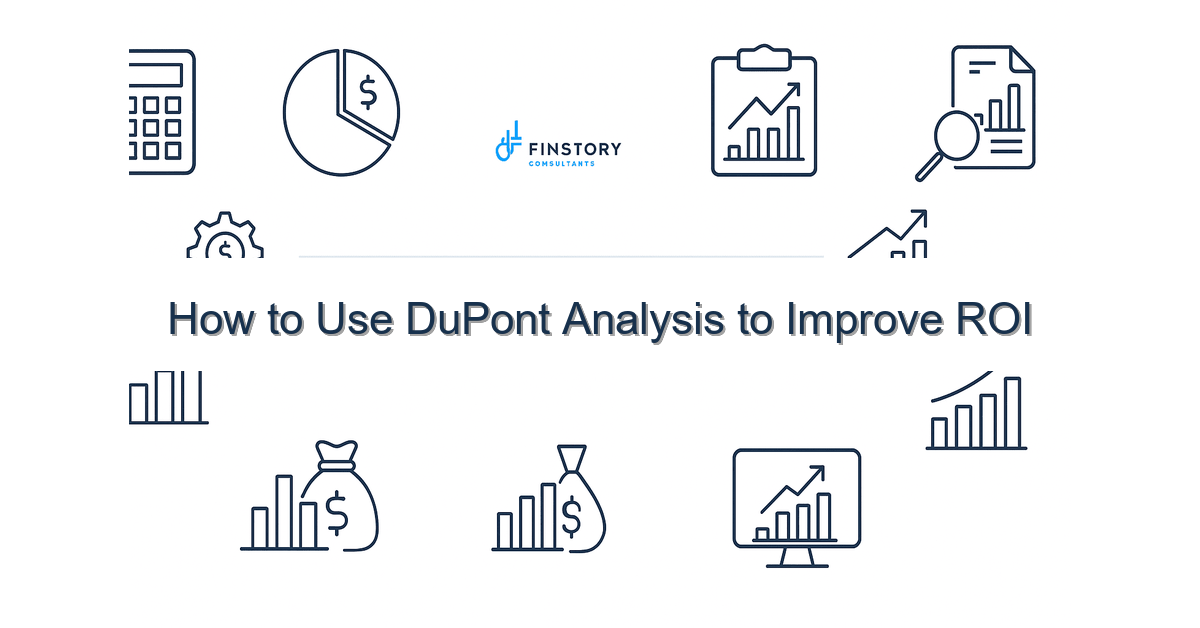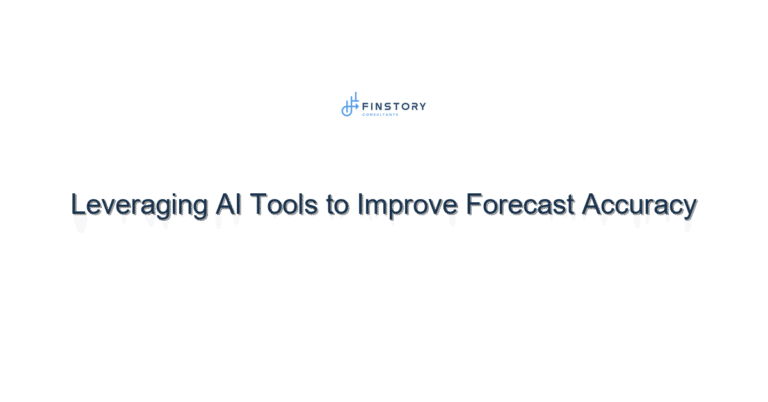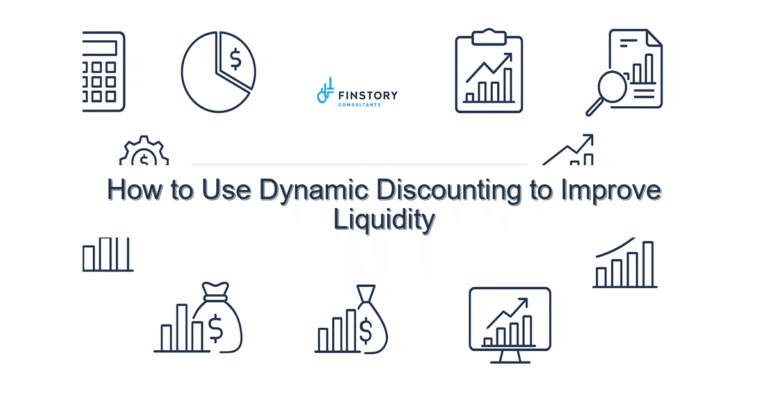How to Use DuPont Analysis to Improve ROI
You care about improving return on invested capital without sacrificing patient care. DuPont analysis gives you a clear, decomposed view of ROI so you can act where it actually moves the needle—rather than guessing.
Summary: DuPont analysis breaks ROI into net margin, asset turnover, and leverage so you can diagnose whether profit, utilization, or financing is the bottleneck; use a focused 4‑step playbook to prioritize interventions, run quick pilots, and build reporting that keeps leadership accountable—so ROI improves predictably without compromising quality.
What’s the real problem?
Healthcare finance teams are often asked to lift ROI but get blamed when results lag. The real issue is usually not a single leaky faucet; it’s that leadership can’t see which faucet matters.
- Symptoms: shrinking margins masked by growing revenue—“We did more surgeries but didn’t improve returns.”
- Symptoms: expensive assets sitting idle while capital requests pile up.
- Symptoms: long billing cycles and variable collections that hide true profitability.
- Symptoms: conflicting KPIs across clinical, operations, and finance—no single source of truth for ROI drivers.
What leaders get wrong
Leaders often react with blunt instruments: cut headcount, delay capital, or push volume growth. Those choices can backfire because they don’t address the underlying drivers.
- Mistake: Treating ROI as a single target. You can’t fix margin, utilization, and leverage with one lever.
- Mistake: Over-focusing on revenue growth and ignoring asset efficiency or cash collection.
- Mistake: Using incomplete data—mixing GAAP, managerial accounting, and operational metrics—so performance signals are noisy.
A better approach
DuPont analysis gives you a three-part lens: Net Profit Margin x Asset Turnover x Financial Leverage = Return on Equity (or ROI). Use that lens to prioritize where to invest effort.
- Step 1 — Baseline: Calculate margin, turnover, and leverage for the last 12 months. Keep definitions simple and consistent (net operating income, average assets, average equity).
- Step 2 — Decompose: For each component, list the drivers. Margin: payer mix, contract rates, cost per case. Turnover: days open, capacity utilization, equipment idle time. Leverage: debt cost and structure.
- Step 3 — Prioritize & pilot: Score drivers by impact, effort, and risk. Run a 30–90 day pilot on the top two drivers with measurable KPIs.
- Step 4 — Scale & govern: Build a rolling forecast and leadership dashboard; put review cadences in place so changes persist.
Real-world story: A mid‑size community hospital I worked with raised net operating margin from 3.0% to 4.2% and improved asset turnover from 0.70 to 0.85 by standardizing case bundles, reducing OR turnover time, and tightening A/R processes. With leverage stable, their modeled ROE rose from ~5.3% to ~8.9%—a nearly 70% improvement in return, all within 12 months.
Quick implementation checklist
- Pull last 12 months: net operating income, revenue, average total assets, average equity.
- Compute: net profit margin, asset turnover, and leverage (or ROE) in a single worksheet.
- Map clinical and operational drivers to each component (e.g., payer mix → margin; OR utilization → turnover).
- Identify top 3 high-impact, low-effort initiatives (pilot candidates).
- Set KPIs and target improvements for each pilot (e.g., reduce A/R days by 10%, increase OR utilization by 6%).
- Build a one‑page leadership dashboard in Power BI showing the three components and trendlines.
- Run a 30–90 day pilot, capture results, and quantify impact on ROI using the DuPont decomposition.
- Document process changes, update budgets, and translate wins into capital requests or reallocation.
- Train your controller and FP&A on the decomposition and the dashboard so numbers stay reliable.
What success looks like
- Accuracy: financial driver attribution accuracy ≥ 90%—meaning you can explain most ROI moves by one of the three components.
- Cycle time: reduce budget-to-forecast cycle by 30% through standardized drivers and dashboards.
- Margin improvement: net operating margin lift of 1–3 percentage points in 6–12 months, depending on baseline.
- Asset efficiency: asset turnover improves by 0.1–0.2x through better scheduling and utilization.
- ROI/ROE: modeled ROI improvement of 20–60% on pilotable initiatives when changes are scaled.
Risks & how to manage them
- Risk: Poor data quality. Mitigation: Standardize definitions, reconcile a sample of transactions, and automate key feeds (EHR to finance).
- Risk: Short-term cuts that hurt care quality. Mitigation: Pair financial pilots with clinical KPIs (readmission, patient satisfaction) and stop any action that degrades outcomes.
- Risk: Over-leveraging to chase ROE. Mitigation: Model multiple financing scenarios and include covenant and interest stress tests before changing leverage.
Tools & data
Bring technology into the equation pragmatically. Finance automation (AP/AR automation, revenue cycle connectors) reduces manual error and speeds reporting. Power BI or your BI tool should host a one‑page DuPont dashboard with drilldowns to payer, service line, and asset class. Integrate data from ERP, EHR, and the revenue cycle so leadership reporting is timely and trusted.
Next steps
If you want ROI improvements that last, start with a short diagnostic: 1) we’ll compute your DuPont baseline, 2) identify the top 3 drivers, and 3) propose a 90‑day pilot with targets and reporting. If that sounds useful, reach out and we’ll set up a focused discovery call.
Work with Finstory. If you want this done right—tailored to your operations—we’ll map the process, stand up the dashboards, and train your team. Let’s talk about your goals.
📞 Ready to take the next step?
Book a 20-min call with our experts and see how we can help your team move faster.
Prefer email or phone? Write to info@finstory.net
or call +91 44-45811170.





